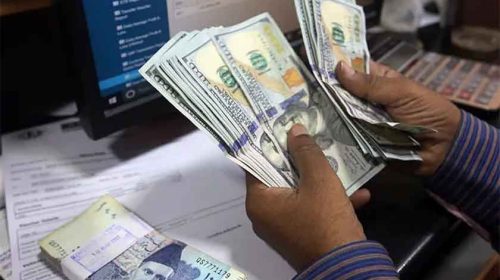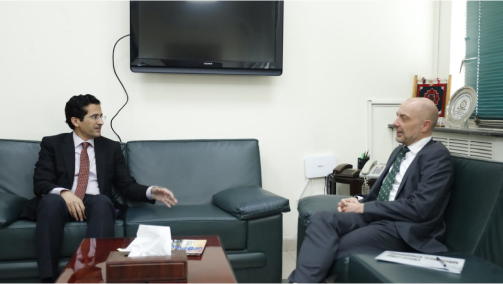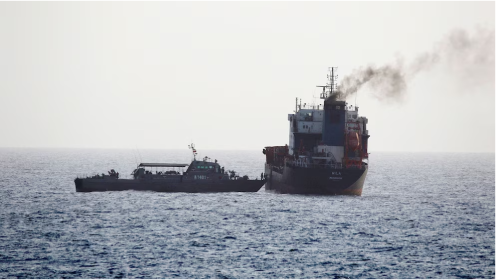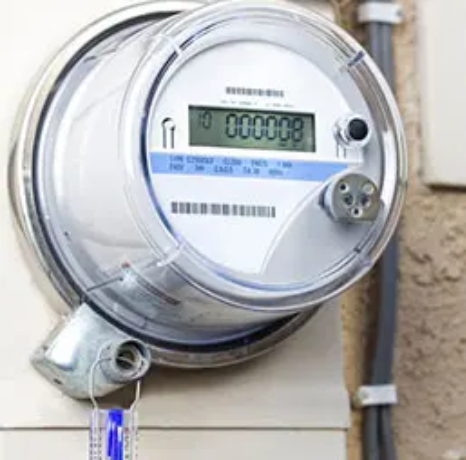Introduction:
As Pakistan gears up for general elections scheduled for February 8, there are signs of optimism regarding the resolution of the country’s economic and political challenges. The announcement of a firm election date, following consultations between the Election Commission of Pakistan and the president, has put an end to speculation and controversy. Despite concerns raised by major political parties about the fairness of the upcoming elections, the focus is shifting towards forging alliances and preparing for the crucial polls.
Political Dynamics:
The political scenario is marked by the imprisonment of key leaders, including the chairman and vice-chairman of the Pakistan Tehreek-i-Insaf (PTI). This has led to speculation about potential strategies to sideline the PTI, opening the possibility for Nawaz Sharif’s return to office. The Pakistan Muslim League-Nawaz (PML-N) has raised concerns about the legitimacy of convictions in cases like Avenfield and Al-Azizia, questioning the fairness of the judicial process.
Economic Trends:
Despite political uncertainties, Pakistan has witnessed positive economic trends in recent months. The government’s visible efforts to comply with International Monetary Fund (IMF) conditions have resulted in significant improvements. Actions against currency smugglers and alternative remittance systems have narrowed the gap between open market and interbank dollar prices, maintaining the agreed-upon 1.25 percent gap with the IMF.
The Pakistan Stock Exchange (PSX) has experienced historic growth, with the PSX 100 index surpassing the 56,500 level. Analysts link this surge to positive developments in talks between the caretaker government and the IMF. Reports suggest agreements on structural adjustments and additional taxes on real estate, agriculture, and retail sectors. Additionally, strides in reducing the current account deficit contribute to economic stability.
Population Dynamics and Inflation:
The recent census results indicate a population exceeding 241 million, putting pressure on already insufficient resources. To address this, a call for the adoption of a corporate model for governance is emphasized. Inflation, measured by Consumer Price Indices, has seen a modest improvement. The review for the year reveals a decrease in general inflation from 31.4 percent in September 2023 to 26.9 percent in October 2023. However, long-term relief depends on the government’s commitment to structural reforms and addressing economic challenges.
Challenges and IMF Negotiations:
The major challenges facing Pakistan’s economy include low foreign exchange reserves and constrained revenue collection. The IMF is urging better governance and privatization of loss-making state-owned enterprises (SOEs). The government’s agreement to operationalize a central monitoring unit for SOEs is seen as a positive step. Technical negotiations with the IMF have reportedly been successful, leading to the completion of the first review of the ongoing 9-month standby agreement.
Conclusion:
As Pakistan navigates its economic landscape, addressing political uncertainties and implementing structural reforms are crucial for long-term stability. The upcoming general elections, economic trends, and negotiations with the IMF all play integral roles in shaping the country’s path forward. A commitment to good governance, privatization, and financial reforms will be pivotal in overcoming economic challenges and ensuring a sustainable future for Pakistan.





